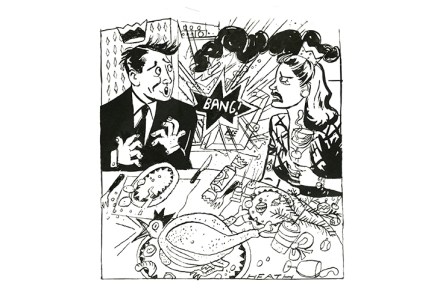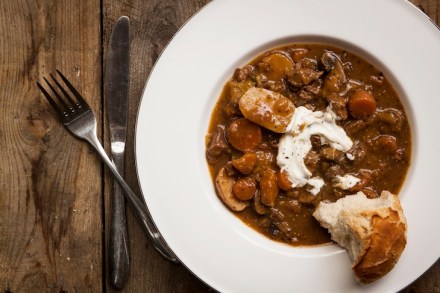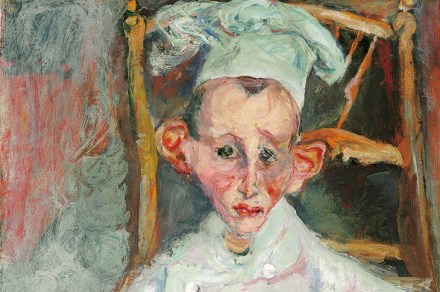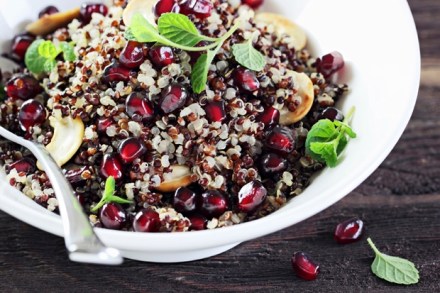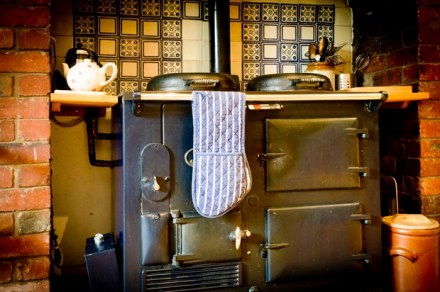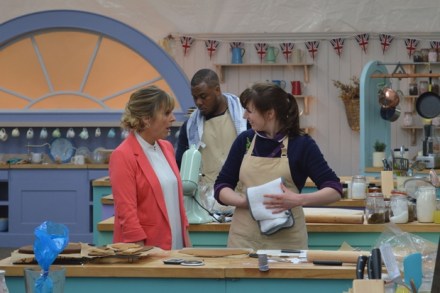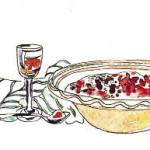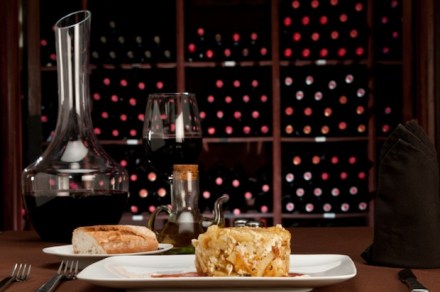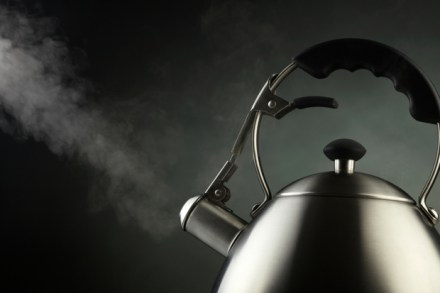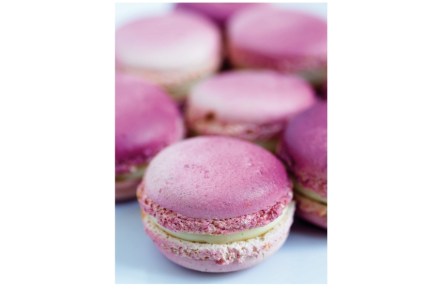Old flame
It was a close-run thing for my friend who’s having a new kitchen installed in her house in Chiswick. After a persuasive campaign by her eloquent architect, who has an induction hob in his own house and loves it for its clean lines and hyper-efficiency, she had got as far as ordering one for herself. Having placed the order, she couldn’t sleep. She tossed and turned, worrying about the imminent change to her cooking life that the induction hob would (literally) induce, let alone the need to buy a whole new set of ‘induction-ready’ pans. No more knobs to turn a fraction to the left while frying an omelette, ever



